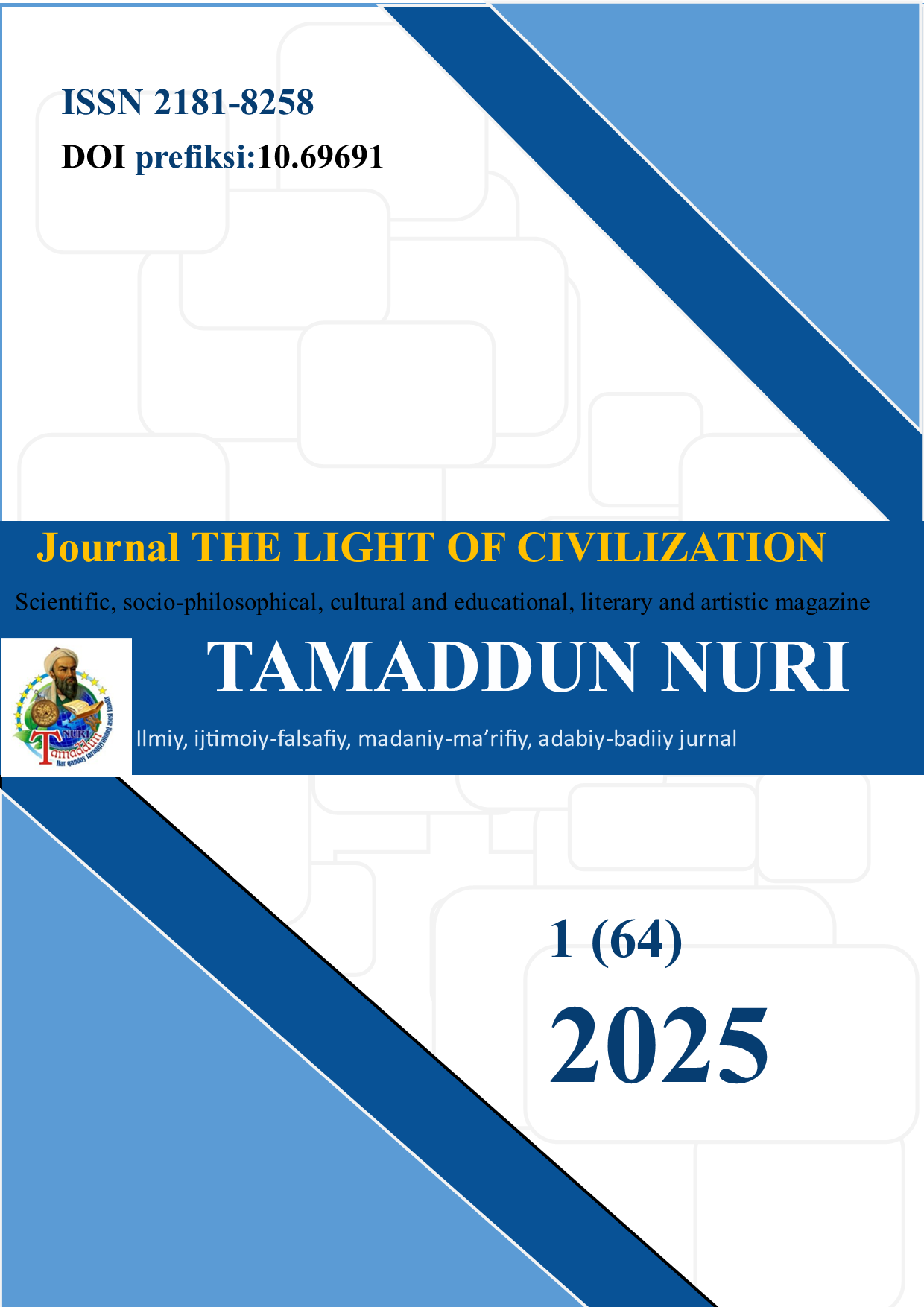DURING THE PERIOD OF MUHAMMAD RAHIMKHAN I (1806-1825) “THE PROBLEM OF RUSSIAN SLAVES" IN RELATIONS BETWEEN THE STATE OF KHIVA AND RUSSIA
DOI:
https://doi.org/10.69691/pn3t3h22Keywords:
Muhammad Rakhimkhan I, Khiva state, Russian slaves,Abstract
This article talks about how the "problem of Russian slaves" affected the relations between the two countries in the relations between the Khiva state and Russia during the reign of Muhammad Rakhimkhan I (1806-1825), and about Russia's attempts to solve this problem. In addition, in general, information is given about the situation of Russian and other nationalities slaves in the state of Khiva, in which areas of the economy they are employed.
References
Ivanov P.P. Essays on the history of Central Asia. (XVI – mid-XIX centuries) – M.: ed. “East. Lit.” 1958. P.169. (in Russ).
Muravyev N.N. Journey to Turkmenistan and Khiva in 1819 and 1820 Guards General Staff Captain Nikolai Muravyov, sent to this country for negotiations. - M., 1819-1820. V. 1-2; P.127; P.134; P.109; P.73. (in Russ).
Our neighbors in Central Asia. Khiva and Turkmenistan. St. Petersburg, 1873. P.72-73. (in Russ).
Shir Muhammad Mirab Munis and Muhammad Riza Agahi. Firdavs al-iqbal: History of Khorezm / Edited by Yuri Bregel. T.J.Brill. – Leiden –New York-Kobenhavn –Koln, 1988. P.636. (in Arabic).
Works of Vladimir Dahl, new, complete edition. Volume II, St. Petersburg,
P.290; P.290-291. (in Russ).
“Morning Dawn”, Almanac, 1830. St. Petersburg, 1830, “The story of Tikhon Ryaznov, a citizen of Astrakhan from Khiva captivity.” P.74-75; P.86-87; P.90. (in Russ).
Downloads
Published
Issue
Section
License
Copyright (c) 2025 Journal of Tamaddun Nuri

This work is licensed under a Creative Commons Attribution-NoDerivatives 4.0 International License.



